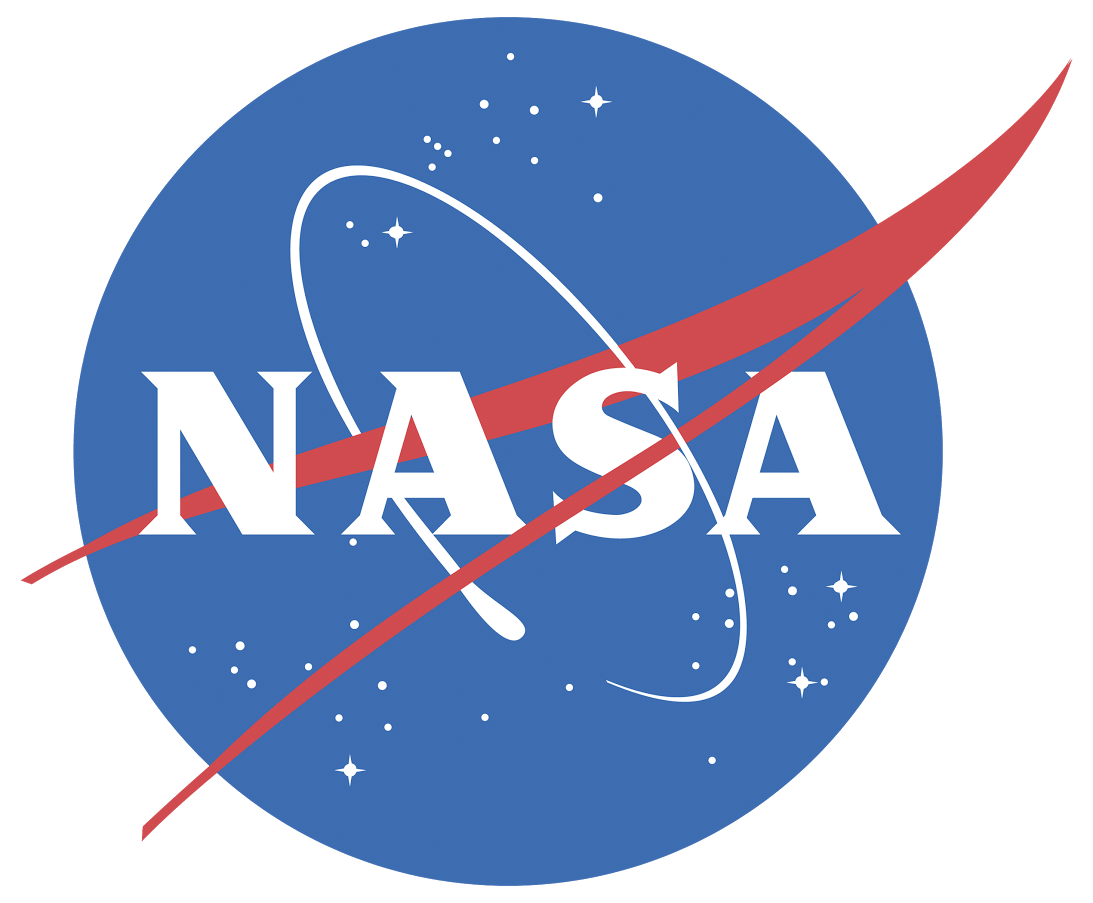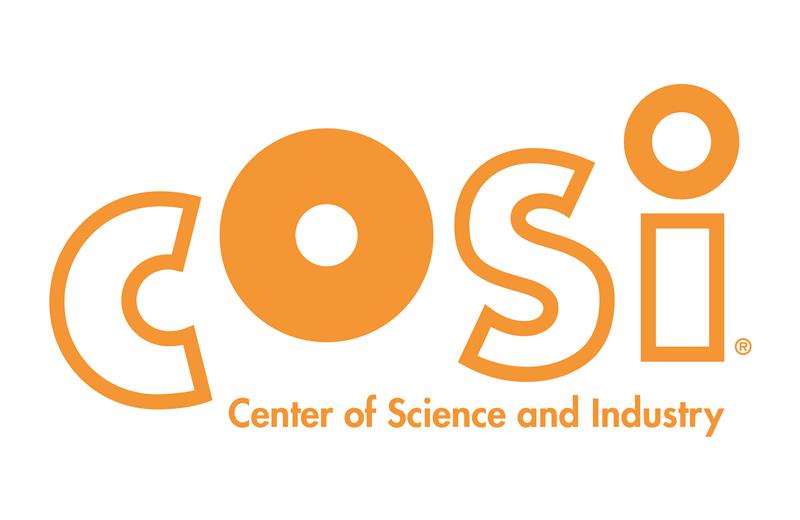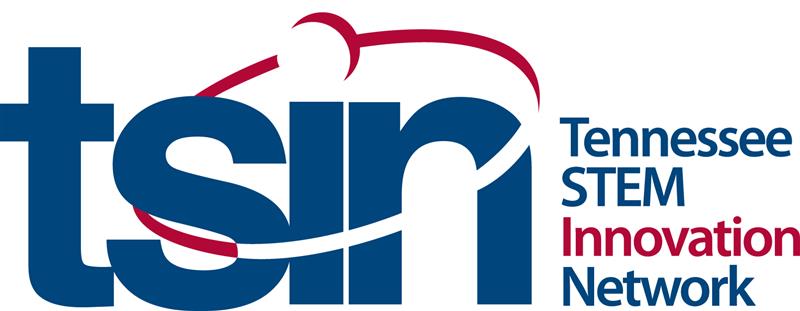Rocket Races &
Newton's Third Law
suggested for grades 5-8
Daily Breakdown
February 1st, 2021
#NASAMakerMonday
Step 1: Kick things off with a STEMonstration from NASA astronauts on the International Space Station to learn the basics of Newton’s Third Law. What other examples of force pairs can your students think up?
Step 2: Have your students sketch the basic design of your rocket racer. Ask them to think about the following questions:
- What force pairs will act on your racer?
- How can you make sure your racer goes straight?
- How can you make your racer go as far as possible?
Step 3: Using the resources and instructions below, construct a simple rocket racer. Encourage students to get creative and make it their own! If time allows, conduct basic tests before the formal race tomorrow.
February 2nd, 2021
#NASATestItTuesday
It's time to test! Let's run the rocket racers through several practice launches.
Step 1: Have students put any finishing touches on the rocket racer created yesterday. Make sure it's prepared to hold up to a day of intense testing!
Step 2: Measure out a testing site in your classroom, or support students to do so at home. This space should ideally be at least 10 meters long - but get creative to make any space work!
Step 3: Perform three trials with each rocket racer. Each time, make sure students measure how far their racer traveled in addition to other observations.
Step 4: Compare students’ results across the class - who had the longest and shortest distances? What about their designs made them more or less successful?
February 3rd, 2021
#NASAWonderWednesday
Take a break from designing and testing today to step back and look at the big picture. What do your students imagine it would be like to work at NASA?
Step 1: Learn about what a payload is, then watch this video (14:36-23:06) to meet Space Station Payload Operations Directors Jessica Caudle and Phil Simmons.
Step 2: Encourage your students to reflect on the interview. Consider the following questions, or ask your own:
- What does the Payload Operations Integration Center do?
- How is working at NASA like playing in an orchestra?
- What are Jessica and Phil's main responsibilities?
Step 3: Prepare for another day of iterating, resdesigning, and testing tomorrow.
February 4th 2021
#NASATryAgainThursday
Time to get back to the design cycle and use what we've learned so far to push our design to the next level! Jessica and Phil talked about transporting a payload from Earth to the International Space Station. Let's extend our challenge from Tuesday with this in mind.
Step 1: Mark off a space between the 6.5 and 7.5 meter mark on your launch area. This represents the distance to the International Space Station.
Step 2: Challenge your students to find a payload to carry on their rocket racer. Consider using pencils, a stick note pad, or even a phone - extra credit for heavier payloads!
Step 3: Have students redesign their racer to safely deliver the payload all the way to the ISS without overshooting it. Encourage innovations, like using multiple balloons.
Step 4: Perform three trials with each rocket racer. How many times was each team successful?
February 5th, 2021
#NASAFeedbackFriday
Communication and feedback is an essential part of the design cycle. To bring this week to a close, have your students present their learning to each other - and to NASA.
Step 1: Use your own prompts or the samples below for guidance.
- What was your biggest challenge when designing and building?
- What is one change you made to your rocket racer that helped it to travel further?
- What variables did you not have control over? Were you able to address them? How?
Step 2: For a bonus - have students record their presentations or take photos of their rockets, then share them on social media with the hashtags #NextGenSTEM and #NASAFeedbackFriday.





